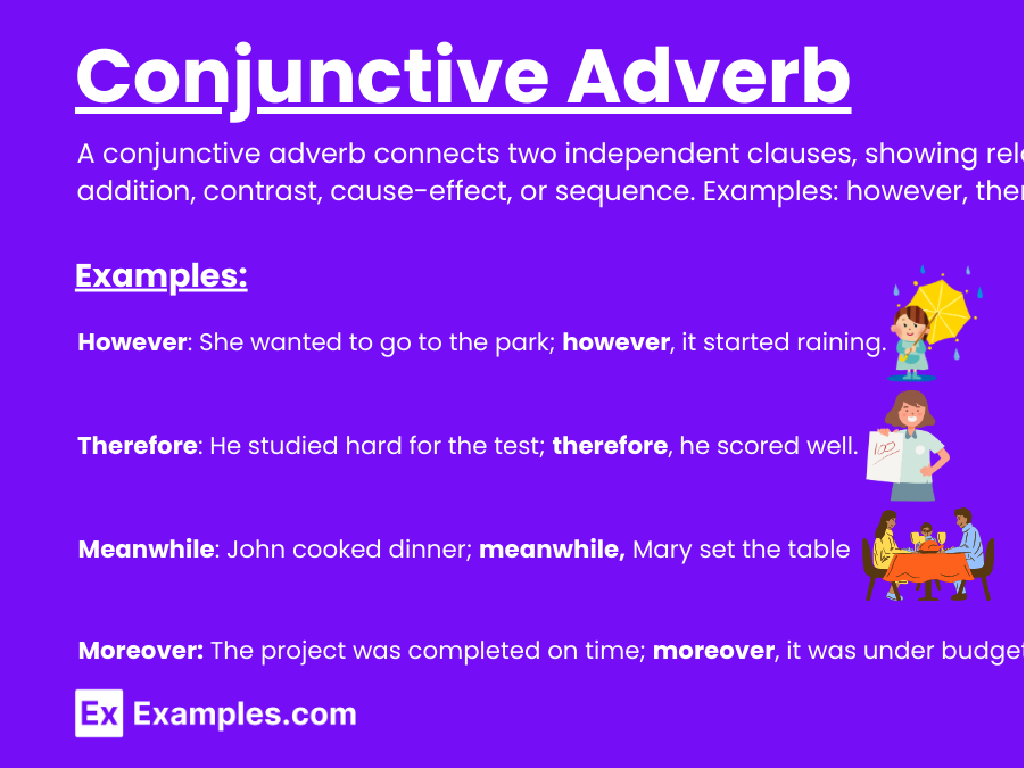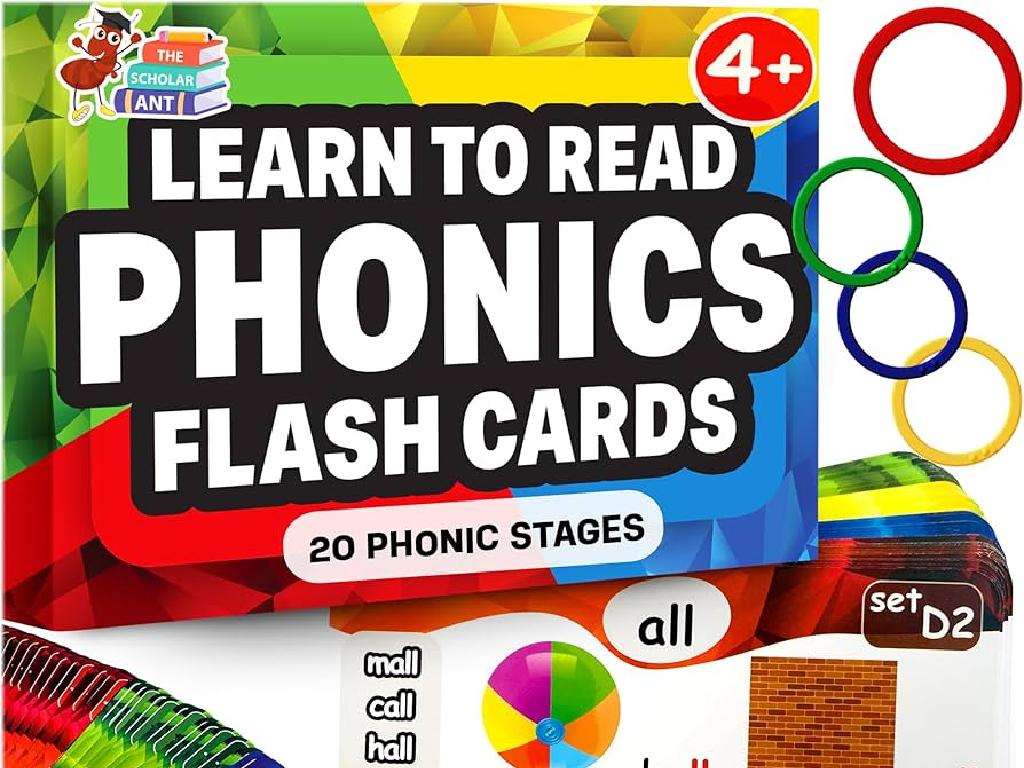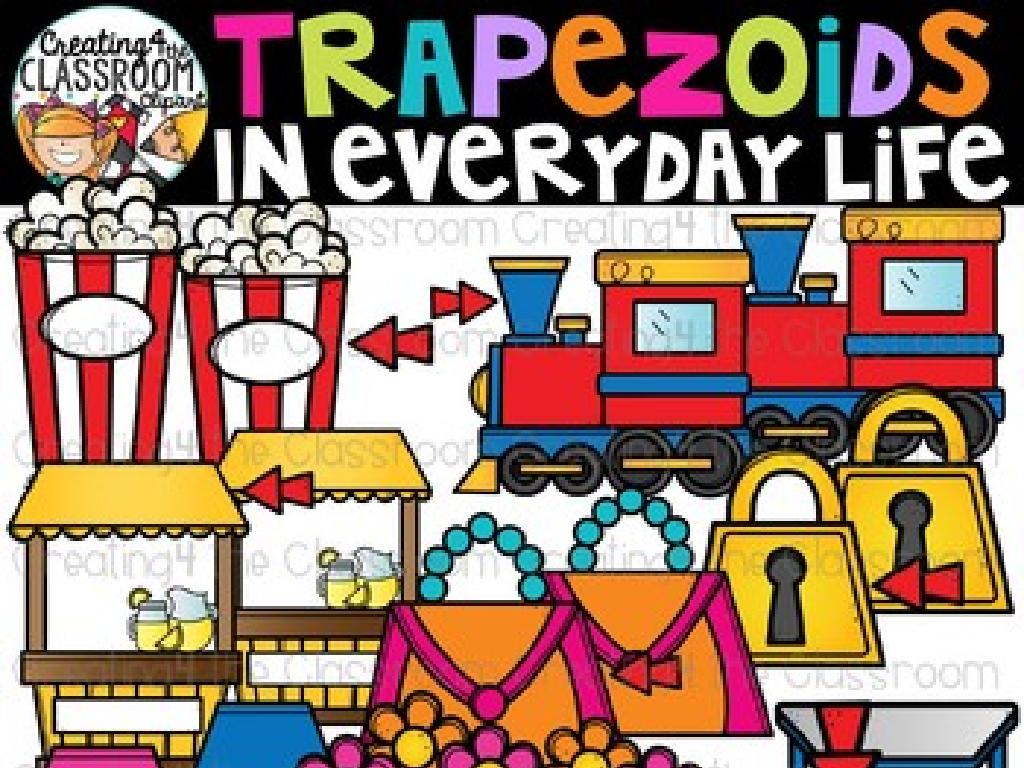Multiply Numbers Ending In Zeros: Word Problems
Subject: Math
Grade: Fifth grade
Topic: Multiplication
Please LOG IN to download the presentation. Access is available to registered users only.
View More Content
Introduction to Multiplication with Zeros
– Review basic multiplication facts
– Learn about place value
– Place value helps us understand the role of zeros in multiplication.
– Multiplication in everyday use
– Multiplication is used for quick addition, in shopping, cooking, etc.
– Practice with word problems
– Solve problems involving multiplying numbers ending in zeros.
|
Begin the lesson by refreshing students’ memory on basic multiplication facts, which are the foundation for more complex problems. Emphasize the importance of place value, particularly when multiplying numbers with zeros, as it simplifies the process. Discuss how multiplication is a part of daily life, such as calculating total cost while shopping or doubling a recipe. Conclude with word problems that apply these concepts, ensuring students understand how to approach multiplying large numbers that end in one or more zeros. Encourage students to share how they use multiplication outside of school to make the lesson more relatable.
Multiplying Numbers Ending in Zeros
– Multiplying with zeros at the end
– Ignore zeros during multiplication
– Simplify by focusing on the core numbers first
– Multiply the non-zero digits
– Example: 200 x 50 becomes 2 x 5
– Add zeros back into the answer
– For 200 x 50, after multiplying 2 x 5, append the total number of zeros from both numbers
|
When teaching multiplication of numbers ending in zeros, emphasize that zeros can be temporarily set aside to simplify the calculation. Start by multiplying the non-zero digits. Once that’s done, count all the zeros from the original numbers and add them back to the end of the product. This method streamlines the process and helps avoid confusion. Use examples like 200 x 50, where students multiply 2 x 5 to get 10, and then add the three zeros from the original numbers to find the final answer of 10,000. Practice with different examples to ensure students are comfortable with the concept.
Multiplying Numbers Ending in Zeros
– Break down numbers by place value
– Separate each number into ones, tens, hundreds, etc.
– Multiply core numbers
– Ignore zeros and multiply the non-zero digits
– Count all zeros in both numbers
– Add up the zeros from both original numbers
– Attach zeros to the core product
– After multiplying, add the total zeros back to the end
|
This slide is aimed at teaching students a step-by-step method for multiplying numbers that end in zeros through word problems. Start by breaking down the numbers into place values to simplify the process. Then, have students multiply the core numbers, which are the numbers without the zeros. Next, instruct them to count the total number of zeros in both numbers they are multiplying. Finally, they will attach the counted zeros to the end of the product of the core numbers. For example, when multiplying 300 (three hundred) by 20 (two tens), the core multiplication is 3 times 2, which equals 6, and there are three zeros in total, so the final answer is 6000. Encourage students to practice with different problems to gain confidence in this method.
Multiplying Numbers with Zeros: Word Problems
– Multiplication in daily life
– Think buying in bulk, like 10 packs of 10 pencils each.
– Identifying numbers in problems
– Find the quantities and what’s being measured.
– Comprehending the question
– Read carefully to know what the problem asks for.
– Steps to solve word problems
|
This slide introduces students to the concept of multiplication in real-world scenarios and guides them on how to approach word problems involving multiplication of numbers ending in zeros. Start by discussing everyday situations where multiplication is necessary, such as buying multiple items or calculating total points in a game. Teach students to identify key numbers and terms in a word problem that indicate multiplication is required. Emphasize the importance of understanding the question fully before attempting to solve it. Finally, walk through the steps of solving a multiplication word problem, including writing down the equation, performing the multiplication, and checking the answer. Provide examples and encourage students to practice with similar problems.
Multiplying Numbers Ending in Zeros: Word Problems
– Carefully read the problem
– Identify numbers to multiply
– Find and write numbers that need to be multiplied, e.g., 200 * 30
– Multiply numbers with zeros
– Use the zero multiplication rule for simplicity
– Write the correct answer
– Ensure the answer reflects the right amount of zeros, e.g., 6000 not 600
|
This slide is aimed at teaching students a systematic approach to solving word problems involving multiplication of numbers ending in zeros. Start by instructing students to read the problem thoroughly to understand what is being asked. Next, they should identify the numbers that need to be multiplied, paying special attention to the zeros at the end of each number. Teach them the shortcut for multiplying numbers with zeros – multiply the non-zero digits first and then append the zeros at the end. Remind them to check their answers to ensure they have the correct number of zeros, which is a common mistake. For example, 200 multiplied by 30 should be 6000, not 600. Encourage students to practice with different problems to gain confidence.
Multiplying Numbers Ending in Zeros
– Example 1: Small numbers with zeros
– Multiply 200 x 5. Think: 2 x 5, then add zeros.
– Example 2: Large numbers with zeros
– Try 4000 x 300. Start with 4 x 3, then count zeros.
– Class activity: Solve examples together
– Work in pairs to practice multiplying numbers.
– Understand patterns with zeros
– Notice how zeros in the product relate to zeros in the factors.
|
This slide is aimed at practicing multiplication of numbers ending in zeros. Start with a simpler example to ensure understanding of the basic concept. Move on to a more complex example to challenge students. Encourage collaborative problem-solving by having students work through the examples together. Emphasize the pattern that emerges when multiplying numbers with zeros – the number of zeros in the product equals the total number of zeros in the factors. Provide additional practice problems for students to work on individually or in pairs, and be ready to assist any students who need help.
Team Challenge: Multiplying with Zeros
– Solve word problems in groups
– Each team presents their solution
– Discuss various solving methods
– Did teams use estimation, standard algorithm, or another strategy?
– Reflect on the learning experience
– Share what was learned or any difficulties faced.
|
This class activity is designed to foster teamwork and collaborative problem-solving skills. Divide the class into small groups and provide each with a set of word problems involving multiplication of numbers ending in zeros. Encourage the use of different methods such as estimation or the standard algorithm to find solutions. After solving, each team will present their answers and explain their approach. Facilitate a discussion on the various methods used, highlighting the benefits and challenges of each. Conclude with a reflection session where students can share their learning experiences and any difficulties they encountered. Possible activities: 1) Estimating products before calculating, 2) Using place value knowledge to simplify multiplication, 3) Checking each other’s work within the group, 4) Creating a poster to display their problem-solving process, 5) Writing a step-by-step guide on how to solve similar problems.
Wrapping Up: Multiplication with Zeros
– Review of multiplying with zeros
– Homework: 5 word problems
– Solve problems involving multiplying numbers ending in zeros.
– Practice with real-life scenarios
– Use examples like shopping or cooking for practice.
– Keep practicing at home!
|
As we conclude today’s lesson on multiplying numbers that end in zeros, it’s important to summarize the key points. Ensure students understand the shortcut of ‘attaching zeros’ after multiplying the non-zero digits. For homework, assign five word problems that reinforce this concept, encouraging students to apply what they’ve learned in class. Suggest that they practice with real-life examples, such as calculating items in bulk from a store or doubling a recipe while cooking, to see the practical application of multiplication with zeros. Remind them that regular practice is essential for mastery and to come prepared to discuss their homework solutions in the next class.






